At Cayman Neurology we offer high end diagnostic procedures to discover the best way to help you.

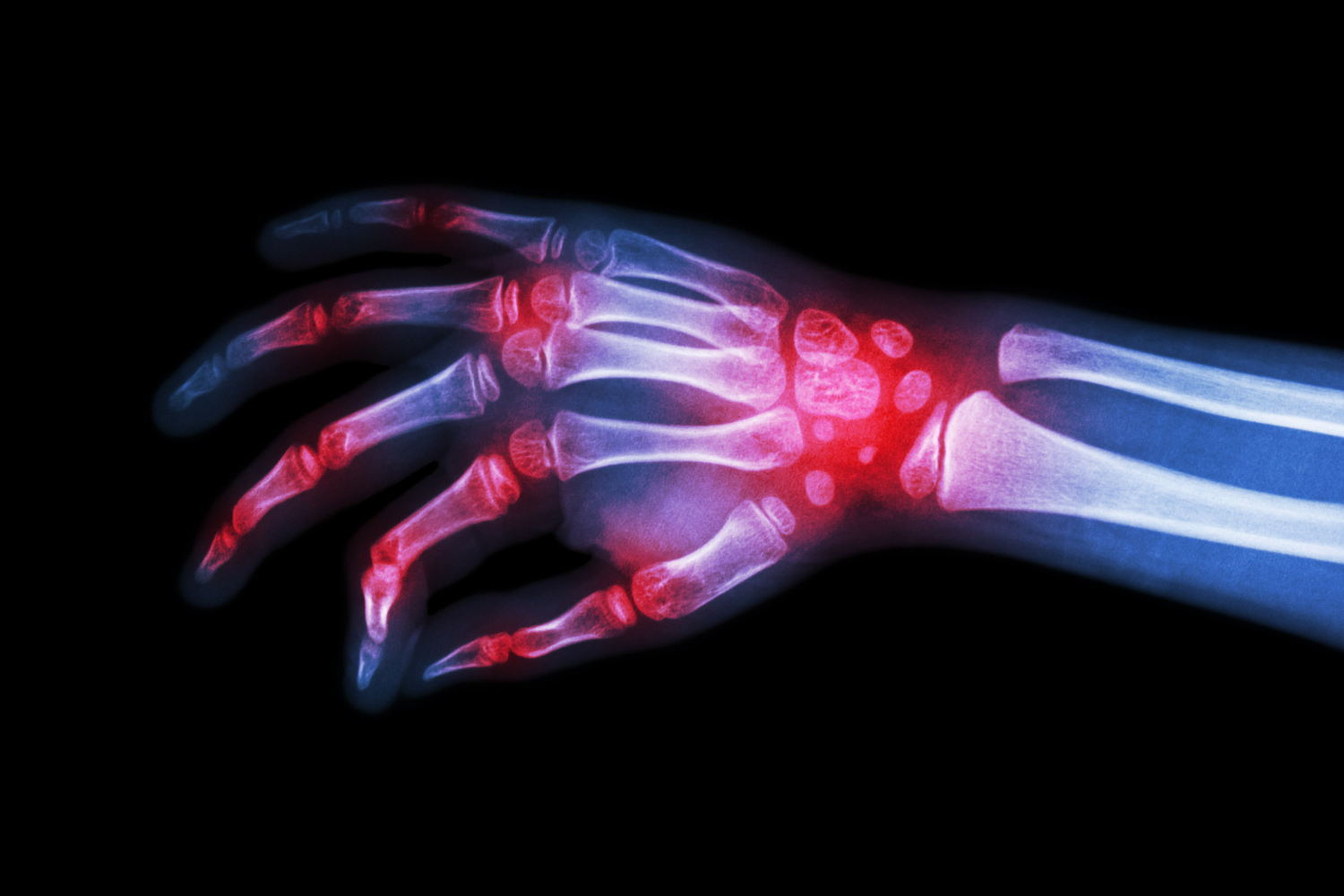
An electromyography involves a small needle electrode, which is inserted into the muscle. The muscle will be tested at rest and as it contracts. It can be used to find the causes of weakness and twitching, as well as diseases that damage nerves. A nerve conduction study (NCS) is used to evaluate how well and fast nerves send electrical signals. A nerve conduction velocity (NCV) is a measurement made during the test. Electrodes are attached to the skin, an electrical stimulus is applied, and the data is recorded. This finds damage to peripheral nerves, such as carpal tunnel syndrome.
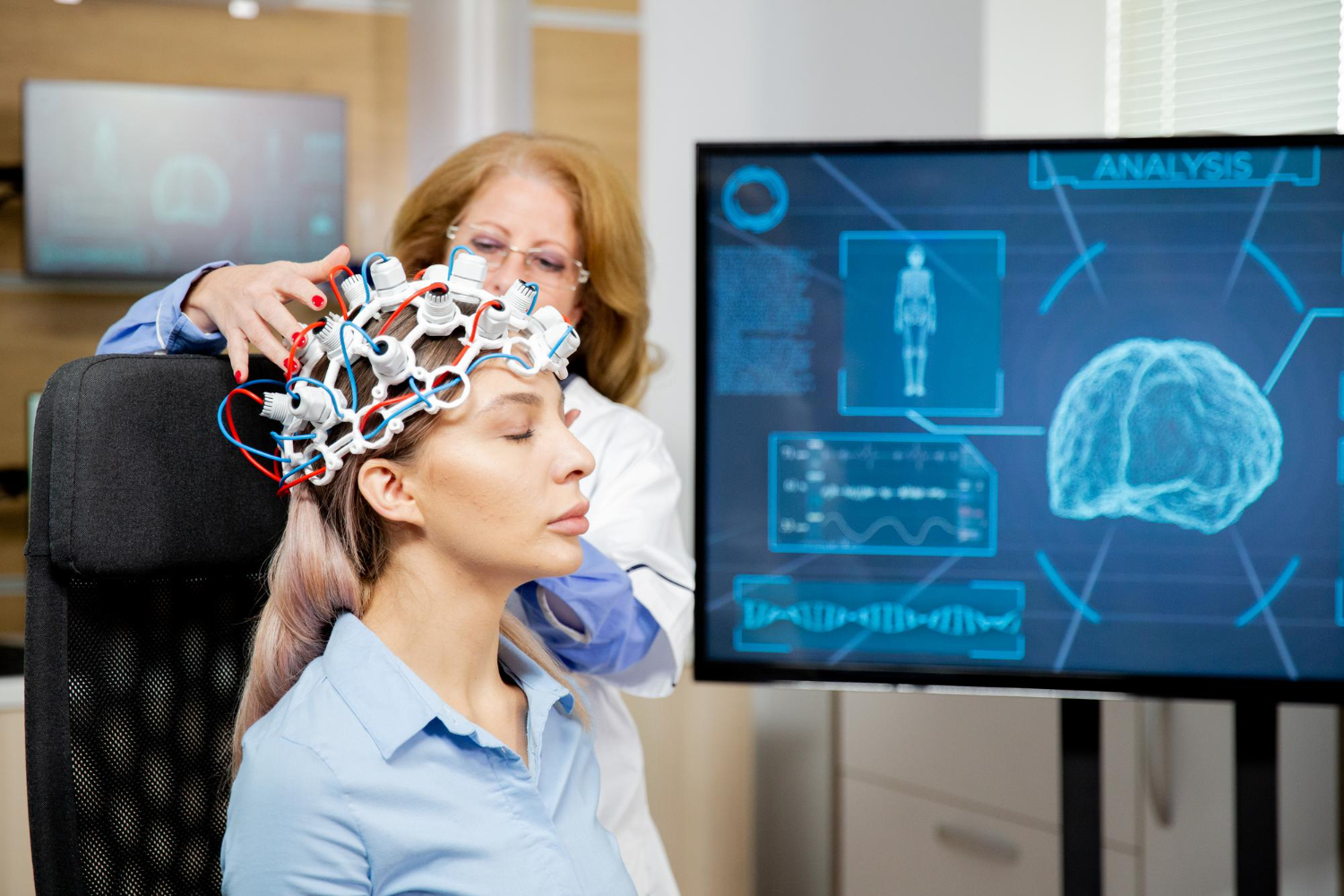
An EEG is used to diagnose epilepsy, as epileptic activity creates clear abnormalities on a standard EEG. A secondary use of an EEG is to diagnose encephalopathies, and some other abnormalities of normal brain function. Electrodes are placed on the scalp and spontaneous brain activity is recorded. An EEG that records this data over a period of 24-72 hours is called ambulatory EEG. Ambulatory EEG does not interfere with daily activities or sleep and the device can fit in the palm of your hand.
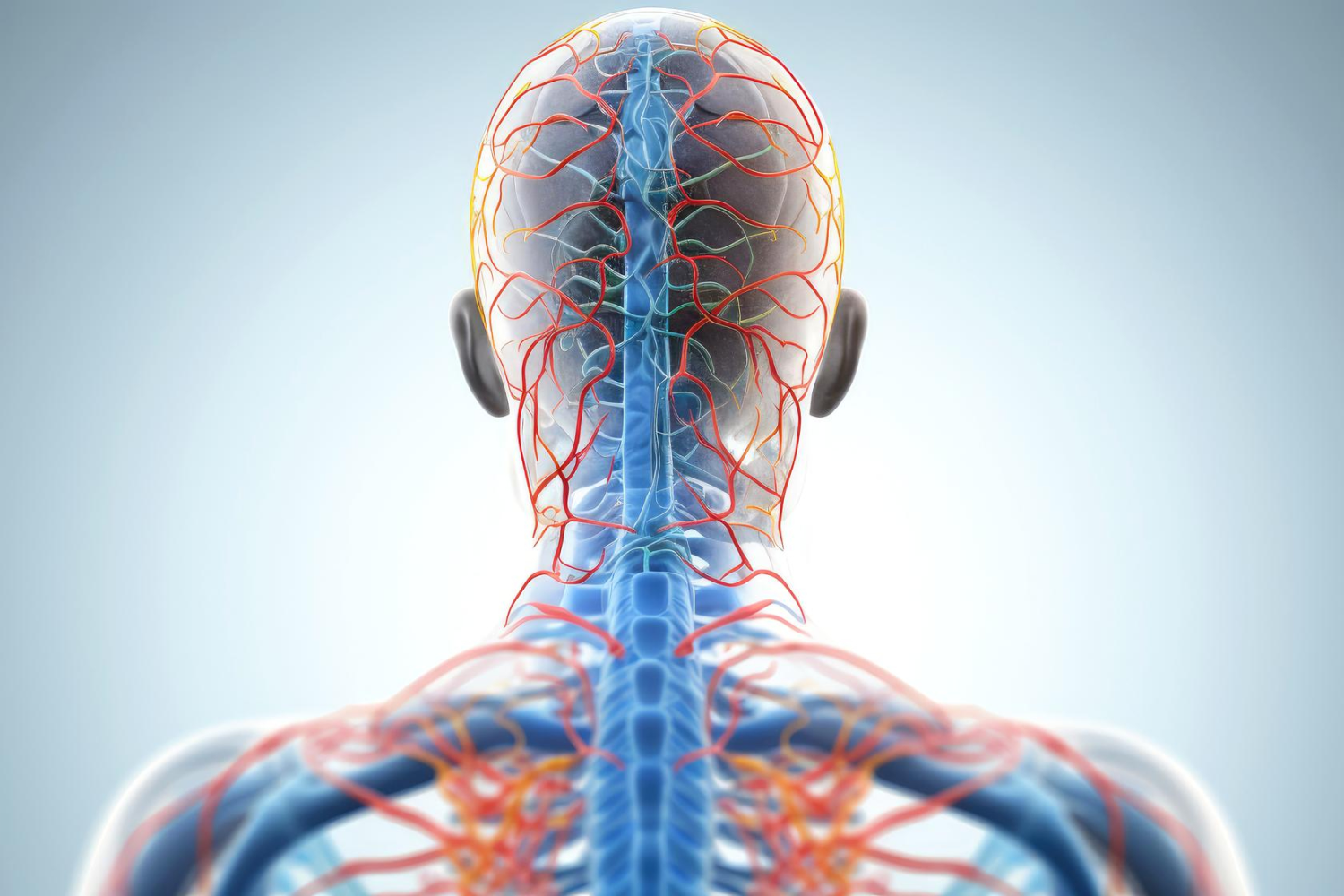
VEP test checks nerves that connect the eyes with the brain. It is used to identify problems with optic nerves. Brainstem auditory evoked potentials test examines auditory nerve and brainstem disorders. Somatosensory evoked potentials (SSEP) test evaluates both peripheral and central parts of the nervous system. SSEP tests are useful in evaluating nervous system disorders such as plexopathy, multiple sclerosis, and other conditions.
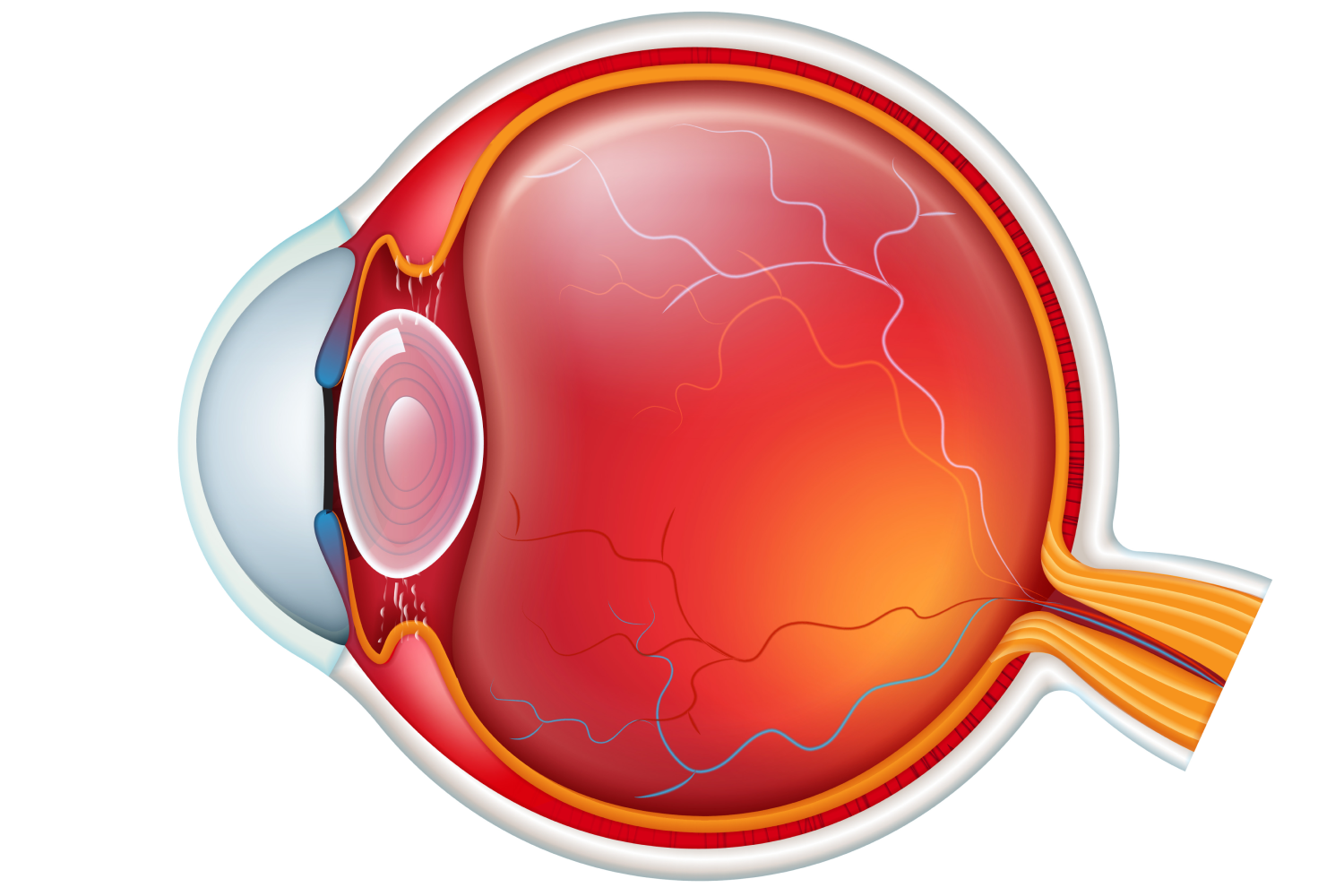
An ENG/VNG diagnoses causes of dizziness, vertigo and gait abnormalities (trouble walking). It records involuntary movements of the eye (nystagmus) to determine the diagnosis. Five electrodes are attached to the face to take measurements and a battery of tests is run. Taking around an hour to perform, this test is often performed in the office.
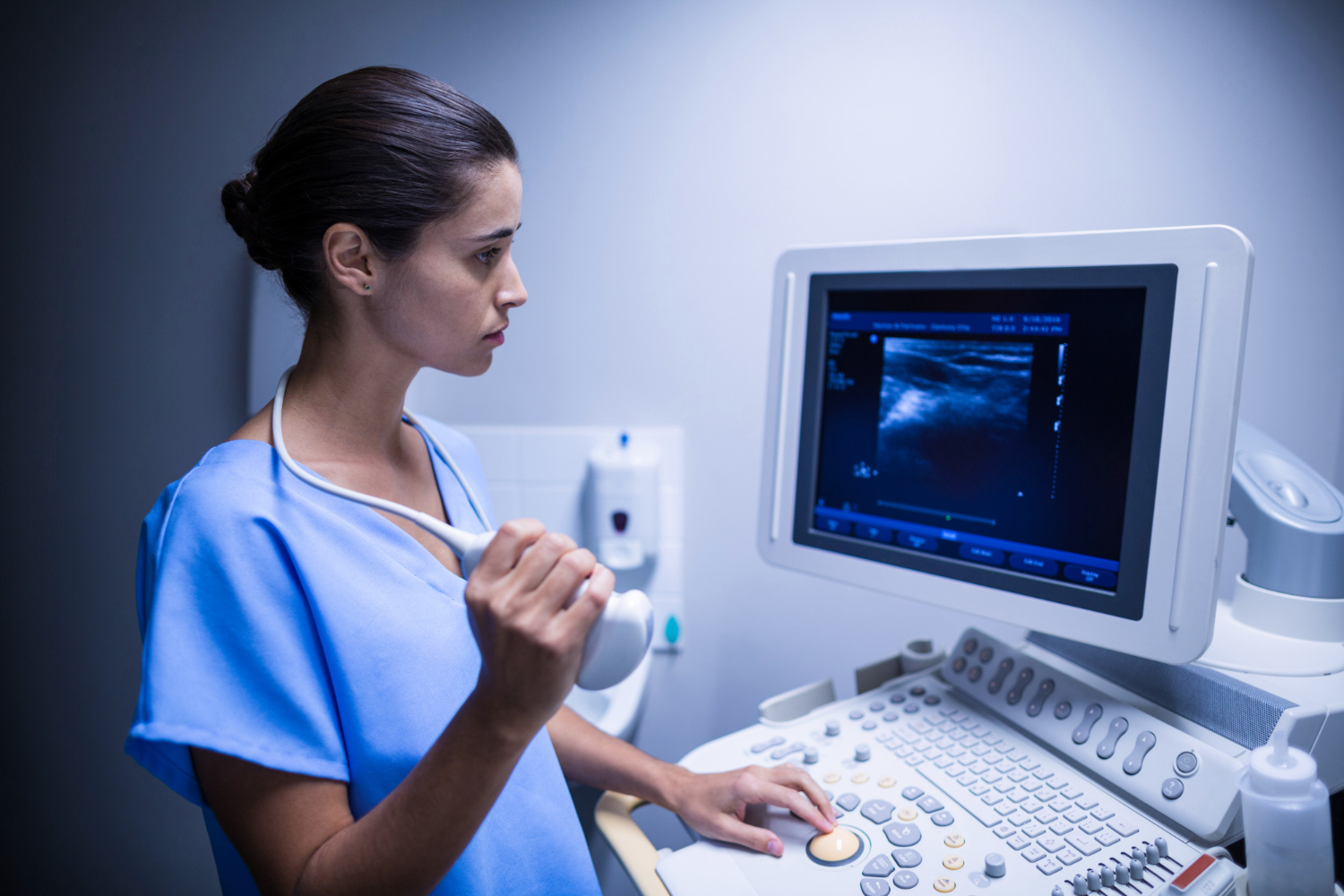
Carotid and Transcranial Doppler studies are used to determine the amount of blood flow to the brain through its respective blood vessels. These tests are used to diagnose embolism (blood clots), stenosis (narrowing of blood vessels), and other problems. The tests are fast and inexpensive and involve ultrasound probes as well as Doppler Effect probes. They are often used in conjunction with other diagnostic tests such as MRA and/or CT angiogram.
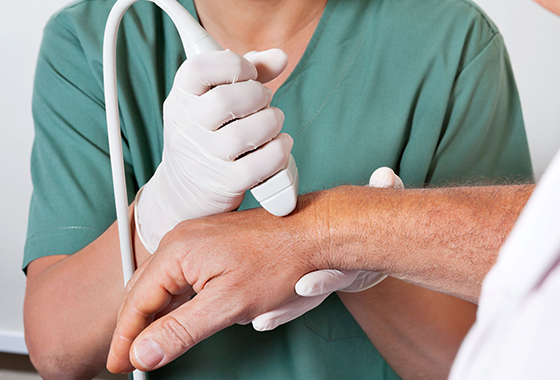
The ultrasound study for carpal tunnel syndrome will search for a compressed nerve at the wrist and for various joint/muscle/tendon/bursa conditions. An ultrasound is a procedure involving an ultrasound probe and a gel applied to the surface of the probe. The probe is placed on the hand and light pressure is applied as the diagnostic imaging takes place. This is a quick and painless procedure.
Copyright © 2024 Cayman Neurologist. All Rights Reserved.